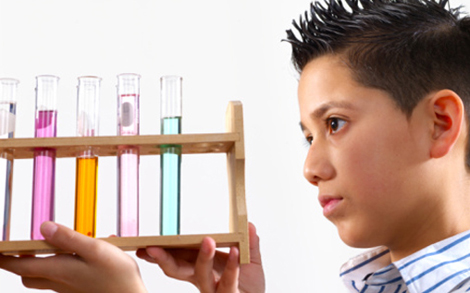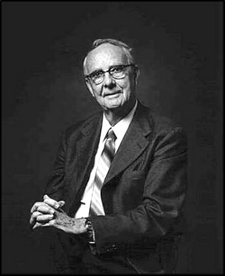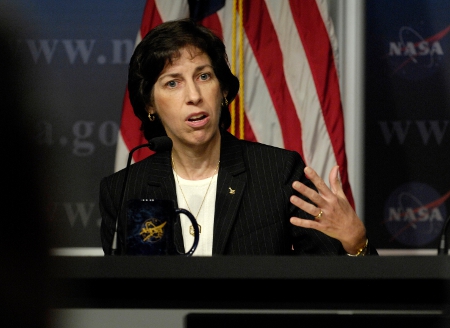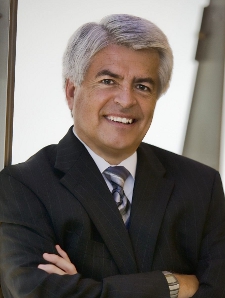Notable Hispanic Scientists and Engineers

Americans of Hispanic descent have made notable contributions to science, engineering and technology. They include a 1968 Physics Nobel laureate, the current head of the National Renewable Energy Laboratory, and the first Latina astronaut, now Number 2 at NASA’s Johnson Space Flight Center. In honor of Hispanic Heritage Month (Sept. 15 – Oct. 15), here are the stories of a scientist and two engineers of Hispanic descent who have made a significant impact in their fields.
Luis Walter Alvarez (1911 – 1988)

This San Francisco-born experimental physicist and inventor won the Nobel Prize in Physics in 1968 “for his decisive contributions to elementary particle physics.” That distinction was just one of the high points of a life of scientific adventure. In 1938, two years after joining the University of California at Berkeley faculty, he found that some radioactive elements decay when an orbital electron merges with the atom’s nucleus, producing an element with an atomic number smaller by one, a form of beta decay.
In 1939 he and Felix Bloch made the first measurement of the magnetic moment of the neutron. During World War II he developed a radar guidance system for landing aircraft, worked in the Manhattan Project, and flew in a backup plane when the atomic bomb was dropped on Hiroshima and Nagasaki. He later helped construct the first proton linear accelerator and constructed the liquid hydrogen bubble chamber. With his geologist son Walter, he helped develop the theory that links the dinosaurs’ extinction with a giant asteroid or comet impact. The Nobel Foundation, in awarding Alvarez the prize, cited “the discovery of a large number of resonance states, made possible through his development of the technique of using hydrogen bubble chamber and data analysis.”

Ellen Ochoa
The first Hispanic woman astronaut, Los-Angeles-born Ochoa has made four space flights. During the most recent, in 2002, she operated a robotic arm to maneuver space walkers around the International Space Station. With a bachelor’s degree physics from San Diego State University and master’s and doctoral degrees in electrical engineering from Stanford, she is also an inventor, with three patents related to optical systems. At NASA, she has been chief of intelligent systems technology at the Ames Research Center, supervising 35 engineers and scientists; Director of Flight Crew Operation at the Johnson Space Center and now, deputy director of the center, which has the lead at NASA in working on the International Space Station.
Dan Arvizu

Dan Arvizu is taking on some of the country’s biggest energy challenges as head of the National Renewable Energy Laboratory in Golden Colo. That’s the Energy Department’s main lab for research and development in energy efficiency and renewable fuels. A leading expert on renewable energy and sustainable energy, he began his career at Bell Laboratories. He went on to become an executive at Sandia National Laboratories, and later was chief technology officer with CH2M HILL Companies, Ltd. A mechanical engineer with degrees from New Mexico State University and Stanford, Arvizu has helped shape national research policy as a member of the National Science Board and in testimony before Congress.
Filed under: Aerospace, e-News, Environmental
Tags: Aerospace, Energy, Environmental








